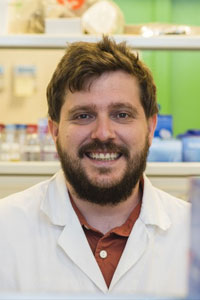 | Miguel AnayaUniversidad de Sevilla, Spain | |
| Currently, researcher at the Universidad de Sevilla, he completed his PhD at the Spanish National Research Council in 2018, with recognition from the Spanish Royal Society of Physics. In 2021 he obtained a Royal Academy of Engineering Research Fellowship as principal researcher at the University of Cambridge. His research interests cover the development of synchrotron and multimodal microscopy techniques, the study of perovskite solar cells, and the manufacturing of new high-energy radiation detectors. He has published more than 45 articles that have been cited more than 3,500 times. | ||
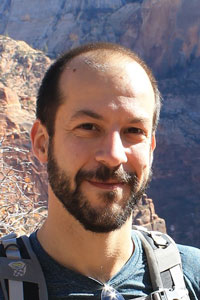 | Carles Bosch PiñolThe Francis Crick Institute, London, UK | |
Neuroscientist specialising in correlative multimodal imaging of neural circuits. He has developed a strategy to explore specific regions in the brain with ultrastructural precision while keeping the big picture that provides context. After collecting a background in biotechnology, he received his PhD at the University of Barcelona for studying how synaptic plasticity is regulated in the adult mouse brain at the transcriptomic, molecular, and structural levels. His current research at the Sensory Circuits and Neurotechnology lab (Crick Institute, London) addresses how the mammalian brain detects odours. Additionally, he is also interested in facilitating scientific discovery through multidisciplinary collaboration. | ||
 | Patricia ConcepciónInstituto de Tecnología Química de Valencia, Spain | |
She belongs to the Higher Council for Scientific Research of Spain (CSIC) since 2002. Her actual research is in the field of heterogeneous catalysis, specifically directed to the synthesis, characterization and catalytic study of metal oxide, metal nanoparticles and clusters, and hybrid materials based on metal encapsulated in host materials like zeolites, metal organic framework and carbon matrix. The goal of her work is to determine structural- activity correlations of solid catalysts using operando spectroscopy. She has authored ~ 200 scientific journal publications, is co-inventor of 8 patents, and has participated in several contracts with the Industry (UBE, REPSOL, CEPSA). | ||
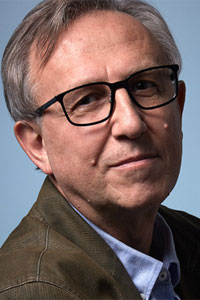 | Eugenio CoronadoUniversidad de Valencia, Spain | |
| Director of the Molecular Science Institute (ICMol) at the University of Valencia and of the European Institute of Molecular Magnetism (EIMM). With over 580 publications amassing 34.392 citations and an H-index of 91, his career has always been characterized by a high interdisciplinarity and impact in chemistry, physics and materials science. Coronado has been at the forefront of Molecular Magnetism during the last 25 years making seminal contributions in the chemical design, physical characterization and theoretical modelling of molecular nanomagnets and multifunctional materials. He leads two ERC AdG in Molecular Spintronics and 2D materials. His relevance goes well beyond Molecular Magnetism and is also strongly appreciated in the areas of Polyoxometalate Chemistry, Molecular Conductors and Superconductors, Molecular Electronics and, more recently, Molecular Spintronics, Quantum Computing (Magnetic Molecules as qubits) and 2D materials. | ||
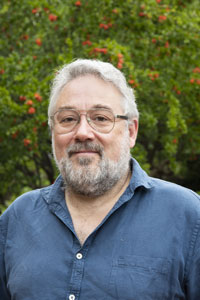 | José Fernando Díaz PereiraCentro de Investigaciones Biológicas Margarita Salas, Madrid, Spain | |
Dr. Fernando Díaz studied Chemistry at the Universities of Compostela (1983-1986) and Complutense de Madrid (1986-1988). In 1990, he joined Prof. J.M. Andreu's group at the Centro de Investigaciones Biológicas Margarita Salas for his Ph.D., conducting research at the Syncrotron Radiation Source of Daresbury Laboratory. From 1994 to 1999, he worked as a Research Assistant at the Catholic University of Leuven. Currently, Dr. Díaz is a Senior Staff Scientist at the Centro de Investigaciones Biológicas Margarita Salas and heads the Unit for the Development of New Chemical, Biological, and Immunological Drugs since 2021. | ||
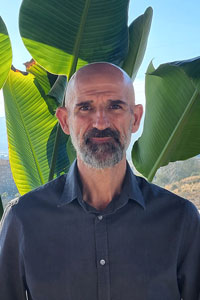 | Miguel Ángel García ArandaUniversidad de Málaga, Spain | |
Born in Malaga, (1966) during his Thesis at Malaga carried out three stays at the University of Oxford. He did his postdoctoral training at the University of Cambridge. He joined University of Malaga as assistant professor (1994) where he become Professor of Inorganic Chemistry in 2011. From 2013/01/01 to 2019/02/28, he was scientific director of ALBA synchrotron. From 2018/01/01 to 2020/12/31, he was Chairman of the ESRF council. Crystallographer by background, he is carrying out imaging research of low carbon cement hydration in different modalities: Full-field propagation-based phase-contrast microcomputed tomography; scanning near-field ptychographic nanocomputed tomography and scanning far-field ptychographic nanocomputed tomography. Updated information at: https://sites.google.com/view/miguel-ag-aranda/ | ||
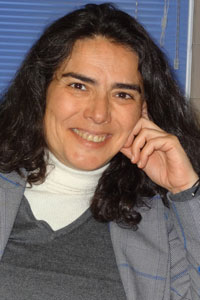 | Noa Martín CofrecesInstituto de Investigación Sanitaria Hospital Universitario de la Princesa, Madrid, Spain | |
She obtained a PhD in Neuroscience (CBMSO, CSIC-UAM) studying elements of the cytoskeleton and signalling in neurons. During her postdoctoral period, she worked in the groups of Dr Ortiz de Landázuri on the regulation of macrophage cross-presentation by hypoxia and Dr Francisco Sánchez Madrid on T-cell activation at the Hospital Princesa and later at the CNIC (Madrid). Her group at IIS-Princesa (Cytoskeleton Dynamics Lab Head of Videomicrosopy Unit) studies the regulation of cell asymmetry by the proteostasis of the tubulin cytoskeleton in immune synaptic contacts, using new advanced proteomics methods (Dr J Vázquez, CNIC), high resolution live cell microscopy and cryocorrelative microscopy (Dr JM Valpuesta, CNB-CSIC; Dr E Pereiro, Alba Synchrotron). | ||
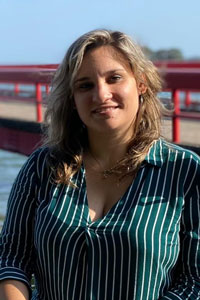 | Sandra RuizMax Planck Institute for Chemical Physics of Solids, Dresden, Germany | |
Following her MPhys at UCM (Madrid), she carried out her PhD studies in the same university studying Nanomaterials for Magnetic Data Storage. In 2020 she joined the CIRCE beamline at ALBA as a postdoctoral scientist, contributing to developing the beamline's capabilities and supporting users. In September 2022 she moved to Germany where she joined the Spin3D group at the Max Planck Institute CPfS in Dresden as an Alexander von Humboldt Fellow and later, as a Marie Curie Fellow. She is currently interested in having a deeper understanding of the 3D magnetic configuration and the magnetization dynamics of 3D nanosystems. | ||
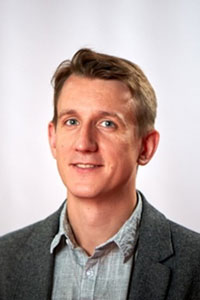 | Janis TimoshenkoFritz Haber Institute of the Max Planck Society, Berlin, Germany | |
He received his PhD in solid state physics in 2015 from the University of Latvia. He then went for postdoctoral position at Stony Brook University, New York. In 2018 he joined the Department of Interface Science of the Fritz-Haber Institute of the Max-Planck Society in Berlin, where he is the leader of the “Operando Hard X-ray spectroscopy” group. His research interests are synchrotron-based investigations of catalyst transformations under working conditions, and the development of simulation-based and machine learning-based approaches for spectroscopic data interpretation. |
18–19 Jan 2024
Universidad Autónoma de Madrid (UAM) - Campus de Cantoblanco
Europe/Madrid timezone

